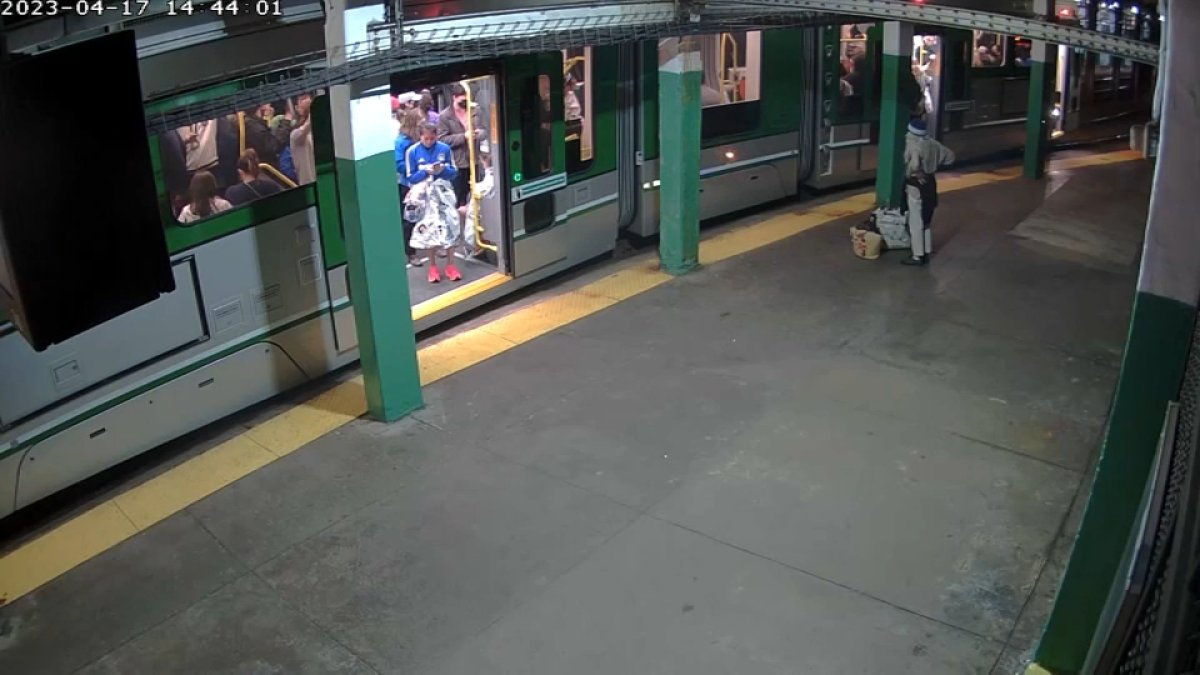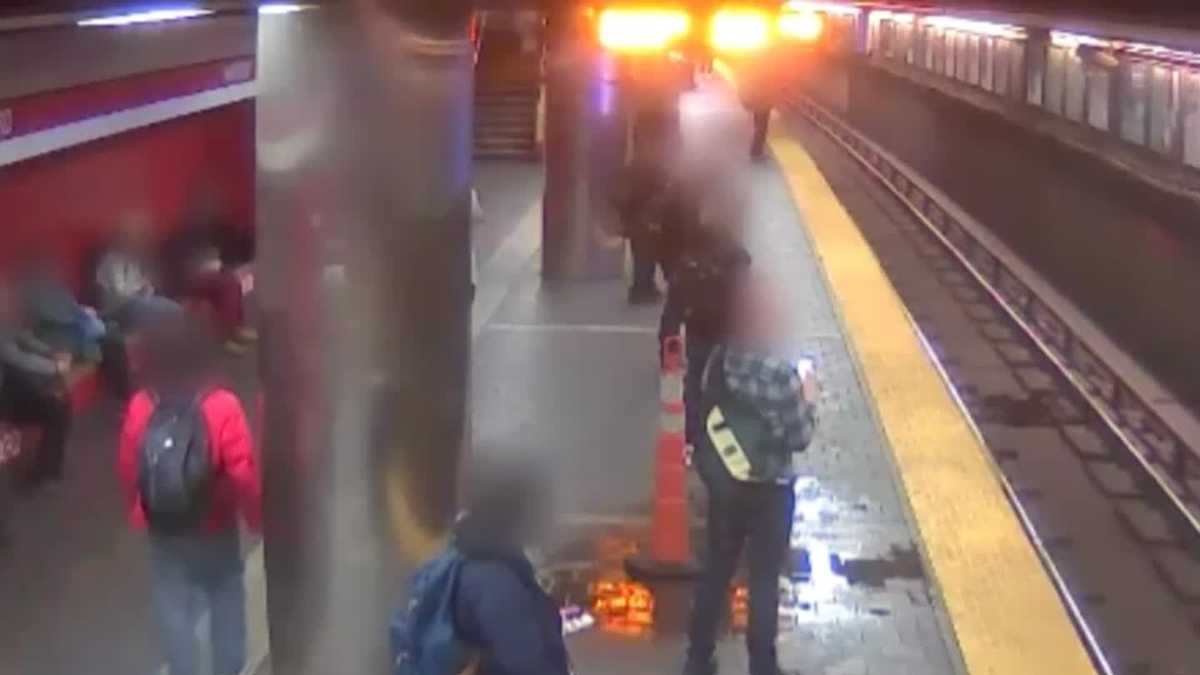Is there no available speed information for MBTA rapid transit and light rail lines?
Only portions of the D branch show up, as well as airport station on the Blue line, and the Mattapan Line. However, the rest of the MBTA subway and light rail system shows as "NO DATA" on the map. Even the Framingham/Worcester Line has no speed information somehow.
Even for the D branch, I'm not sure if the data is correct. Is the D branch revenue trackage through Reservior have a design speed of 35 MPH and not 25 MPH? Is the design speed of the D branch actually 35 MPH, or is it 40 MPH or 50 MPH and the map is just plain wrong?
The existing data for the D branch, Mattapan line, and the BL's Airport station is gonna need to be double checked and revalidated for corrected speed data, and the map needs to show built design speeds (i.e. not slow zone speeds, but the built design speed).
(Note: Commuter Rail lines obscure the rapid transit lines, which is just bad map design to have lower frequency routes overwrite higher frequency ones. However, the Red/Orange/GLX lines have no data available)
Source:
https://www.openrailwaymap.org/ (data pulled from
https://www.openstreetmap.org/)
This data is available for all rail, metro, and tram lines in the Netherlands, and it is very detailed. The map of rail and track speeds Netherlands even covers spur tracks, terminal tracks, and loop tracks as well, and matches that in various videos I've found on Youtube. This data is sorely lacking for MBTA rail routes.




